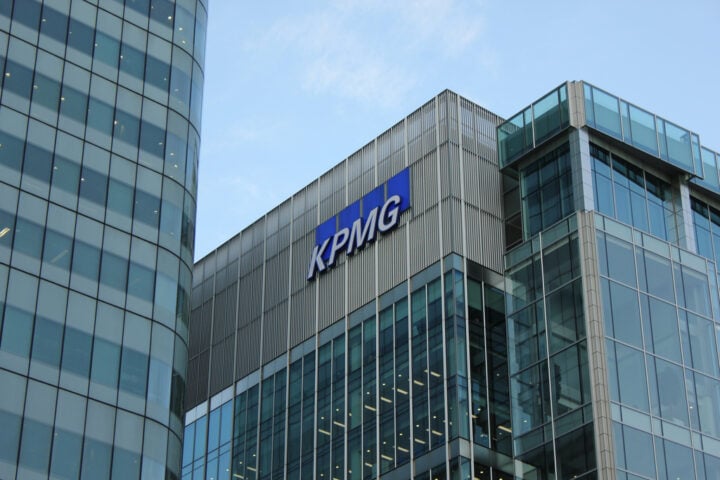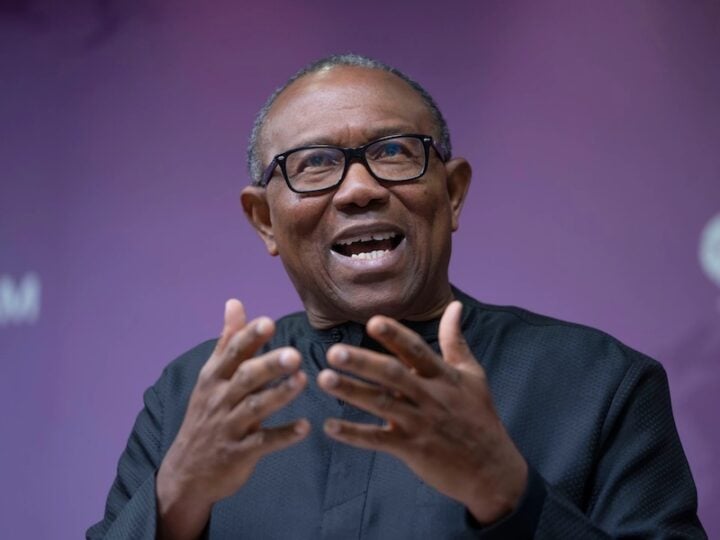KPMG says Nigeria’s unemployment rate will rise further to 40.6 percent in 2023.
In its report titled ‘Global Economic Outlook’, the professional services firm said the figure is based on its estimates.
As at fourth quarter (Q4) of 2020, the National Bureau of Statistics (NBS) said the country ‘s unemployment rate stood at 33.3 percent .
“Unemployment is expected to continue to be a major challenge in 2023 due to the limited investment by the private sector, low industrialization and slower than required economic growth and consequently the inability of the economy to absorb the 4‐5 million new entrants into the Nigerian job market every year,” KPMG said in the report.
Advertisement
“Although lagged, the National Bureau of Statistics recorded an increase in the national unemployment rate from 23.1% in 2018 to 33.3% in 2020.
“We estimate that this rate has increased to 37.7% in 2022 and will rise further to 40.6% in 2023.”
KPMG projected that Nigeria’s gross domestic product (GDP) would continue to grow at a relatively slow pace of three percent in 2023.
Advertisement
This, it said, is due to the slowdown in economic activity that typically characterises periods of political transition in Nigeria.
The firm said the spillover from an expected slowdown in the global economy and its trade and financial flows implications are likely to drag on the country’s GDP.
KPMG said that key non-oil sectors such as manufacturing, trade, accommodation, food services and transportation would be negatively affected by the naira redesign policy introduced by the Central Bank of Nigeria (CBN), further slowing down overall GDP growth in 2023.
“Nevertheless, we expect telecommunications, trade services, as well as an expected recovery in the oil sector, on account of measures being taken to tackle security issues, to drive our forecast of 3% growth in 2023,” the firm said.
Advertisement
KPMG further projected that the incoming administration would face a deeply rooted challenging environment characterized by fragile and slow economic growth and challenges in the foreign exchange market.
It added that government revenue remained inadequate to support much needed expenditure, leading to a high debt stock and high debt service payments.






